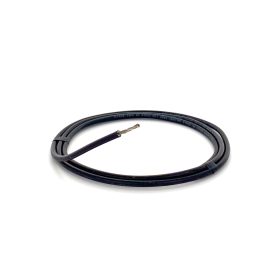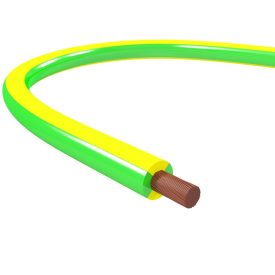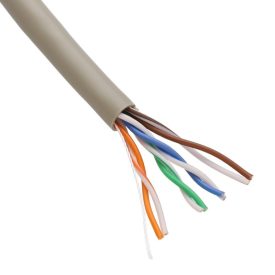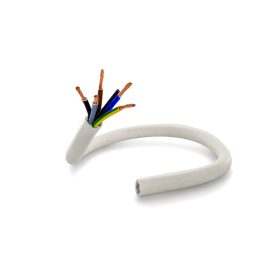Solar Installation Cables: Wiring the Future of Renewable Energy
The harnessing of solar energy has become a driving force in the transition to cleaner and more sustainable power sources. Within the intricate web of components that make up a solar energy system, cables stand as essential conduits, carrying electricity from solar panels to inverters, batteries, and ultimately, our homes and businesses. In this comprehensive guide, we will delve into the world of solar installation cables, exploring their crucial role, types, specifications, and how they are shaping the future of renewable energy.
The Vital Role of Solar Installation Cables
Solar installation cables, often referred to as photovoltaic (PV) cables, serve as the lifelines of solar energy systems. Their significance lies in:
1.1 Energy Transport: Cables transfer the direct current (DC) generated by solar panels to inverters, where it is converted into usable alternating current (AC) electricity.
1.2 Reliability: Properly sized and insulated cables ensure the efficient and uninterrupted flow of electricity, minimizing energy losses and system downtime.
1.3 Safety: Cables are designed to withstand environmental conditions and provide protection against electrical hazards, ensuring the safety of both the system and personnel.
Types of Solar Installation Cables
2.1 PV Wire: PV wire is a common cable used in solar installations. It is known for its flexibility and durability, making it suitable for both residential and commercial applications.
2.2 USE-2 Cable: Underground Service Entrance (USE-2) cables are designed for buried applications and are often used to connect solar panels to inverters and batteries.
2.3 MC4 Cables: MC4 (Multi-Contact 4) cables come with pre-installed connectors, making them a popular choice for connecting solar panels in string configurations.
2.4 THWN-2 Cable: Thermoplastic High Heat- and Water-Resistant Nylon (THWN-2) cables are suitable for outdoor and wet environments, providing protection against moisture and UV radiation.
Cable Specifications and Selection
3.1 Size and Gauge: The size and gauge of solar installation cables are critical factors that determine their current-carrying capacity and resistance. Choosing the right size ensures optimal system performance.
3.2 Insulation: Solar cables come with various insulation types, such as XLPE (cross-linked polyethylene) or EPR (ethylene propylene rubber), designed to withstand environmental factors and temperature extremes.
3.3 Voltage Rating: Selecting cables with the appropriate voltage rating is crucial to ensure safe and efficient energy transfer within the system.
3.4 UV Resistance: Cables exposed to sunlight should have UV-resistant properties to prevent degradation over time.
Quality and Certification
4.1 Certification: It is essential to use solar installation cables that meet industry standards and certifications, such as UL (Underwriters Laboratories) listings, to ensure safety and reliability.
4.2 Longevity: High-quality cables are built to last, with superior materials and manufacturing processes that resist wear and tear, ensuring the longevity of the system.
Emerging Trends in Solar Installation Cables
5.1 Advanced Materials: Research and development in cable materials are leading to more efficient and durable options that enhance the performance of solar installations.
5.2 Smart Cabling: The integration of smart technology into cables enables real-time monitoring, diagnostics, and fault detection, improving system maintenance and energy optimization.
Conclusion
In conclusion, solar installation cables are the unsung heroes of solar energy systems, ensuring the efficient and reliable transfer of electricity from panels to power our homes and businesses. Understanding the types, specifications, and importance of quality cables is essential for maintaining the integrity and performance of solar installations. As the solar industry continues to evolve, staying informed about emerging cable technologies and trends is crucial for maximizing the benefits of clean and renewable energy sources. Solar installation cables are not merely wires; they are the threads that weave our future with sustainable energy solutions, illuminating a path toward a greener and more environmentally friendly world.






